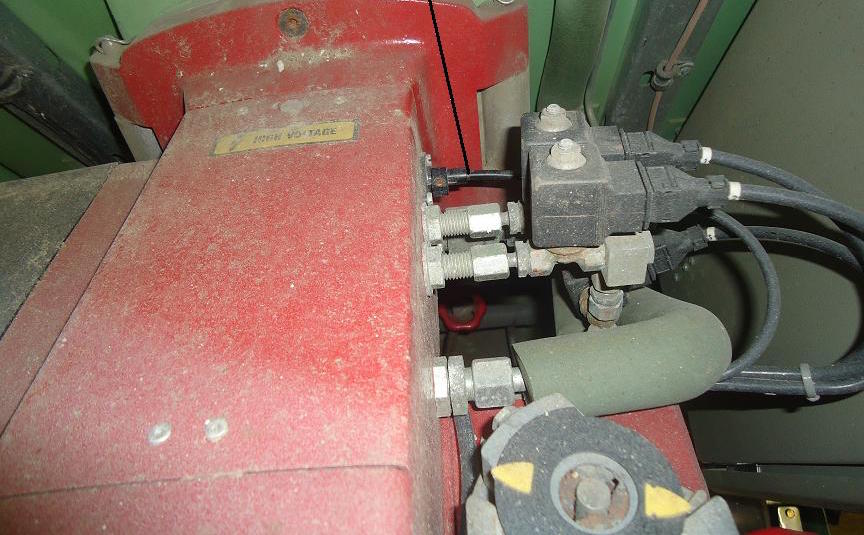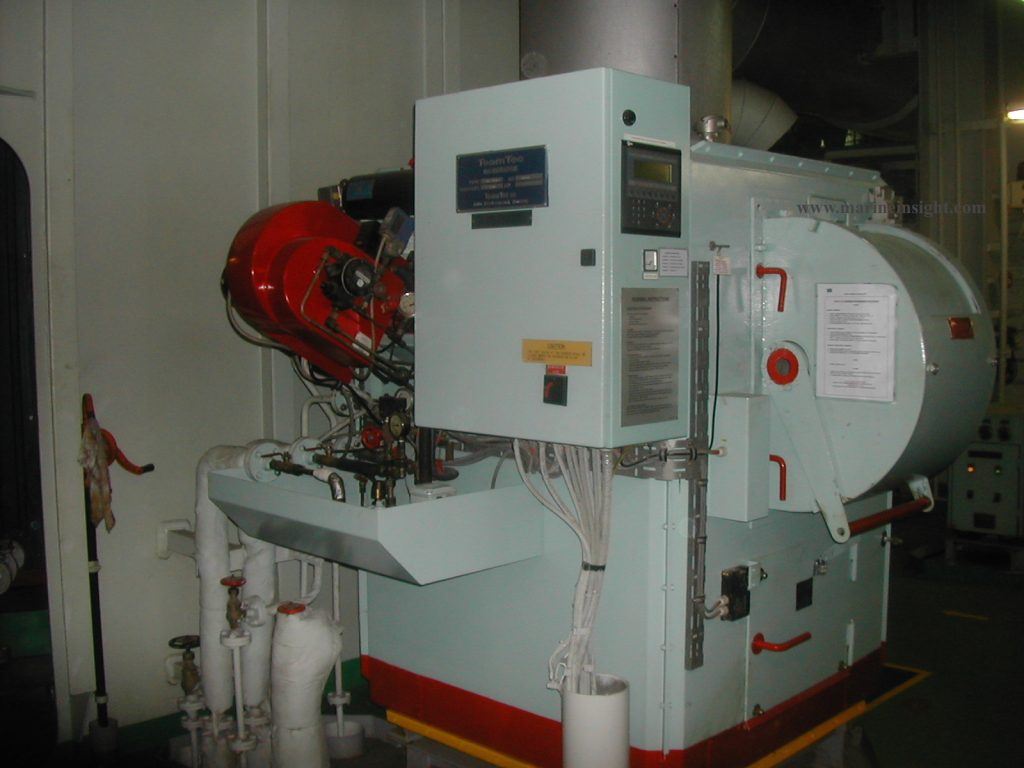According to Annex VI of MARPOL /78 Convention of IMO for prevention of air pollution from ships, the guidelines regarding the waste material storage and disposal of waste at sea need to be strictly followed.
Incineration of various materials such as galley waste, food scraps, accommodation waste, linen, cardboard, oil sludge from lubricating oil, fuel oil, bilge and purifier, sewage sludge etc. is one of the most effective ways of disposal and saving storage capacity of the ship tanks and waste storage containments on ships.
Moreover, the residue left from the incineration can be easily disposed of off as it mainly consists of ash.
For all foreign going vessel, an incinerator installed onboard the ship on or after 1 January 2000 must comply with requirements of the standard specifications for shipboard incinerators developed under resolutions MEPC.76(40) and MEPC.93(45).
The following materials not to be incinerated:
The temperature of the flue gases must be monitored and should not be less than 850 deg C for continuous feed and reach 600 deg C within 5 minutes ( time may vary depending upon the capacity of incinerator) for a batch feed.
Types of Marine Incinerators
Vertical cyclone type and horizontal burner type are the two most commonly used incinerators on the ship.
Horizontal Burner Type
The set up is similar to a horizontal fired boiler with a burner arrangement horizontal to the incinerator combustion chamber axis. The ash and noncombustible material remaining at the end of the operation has to be cleared out manually.
Vertical Cyclone Type
In this type, the burner is mounted on the top and the waste to be incinerated in introduced into the combustion chamber from the top. A rotating arm device is provided to improve combustion and remove ash and non-combustibles from the surface.
Incinerator Operation
A sludge burner is placed in the incinerator to burn and dispose of sewage, sludge and waste oil. An auxiliary oil burner is also fitted to ignite the refuse.
Automatic controls provided for the system secure the igniter when the refuse starts burning without the need of the igniter. Combustion air is supplied with the help of forced draught fan.

Incinerator Burner
A loading door, pneumatically operated, is provided to load the refuse. An interlock is also provided with burner and forced draught fan, which trips when the loading door is in open condition as part of the safety.
Solid waste is fed from the loading door, and the incineration process starts after closing the door. Liquid waste is fed into the system when the refractory of the incinerator becomes hot.
After the completion of the incineration process, the incinerator is allowed to cool down, and residue like ash and the non-combustibles are removed by pulling the ash slide door. The rotating arm in the verticle cyclone type scrapes off the entire solid residue in the ash box which can be easily disposed of.
During incineration, it is important to control the exhaust temperature, which should not be very high or too low. The high temperature could lead to melting of metal and can cause damage to the machinery, whereas too low temperature will not be able to burn the residue and sterilise and remove odour from the residue.
This temperature control can be achieved by introducing cold-diluted air in the exhaust stream at the point which is as close to incinerator discharge.
Things to Remember For Starting And Stopping Incinerator

Incinerator Thermostat
Important Points To Note:
Do not incinerate metals as soda and food can plate, flatware, serving /tray, hardware (nuts & bolts), structural pieces, wire rope, chains, etc., glass such as bottles, jars, drinking glasses, etc.
Flammable materials such as bottles or cans containing flammable liquids or gasses and aerosol cans must not be incinerated.
Loading of glass will result in a rock hard slag, which is hard to remove from the refractory lining.
In the case of a blackout, when the combustion chamber temperature is above 220°C, it is important to start the flue gas fan as soon as possible in order not to damage the incinerator by accumulated heat in the refractory lining.






